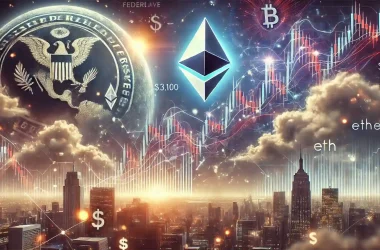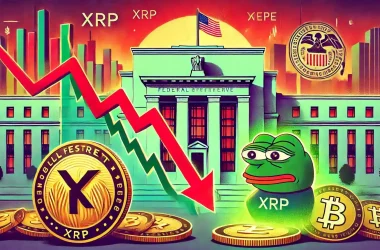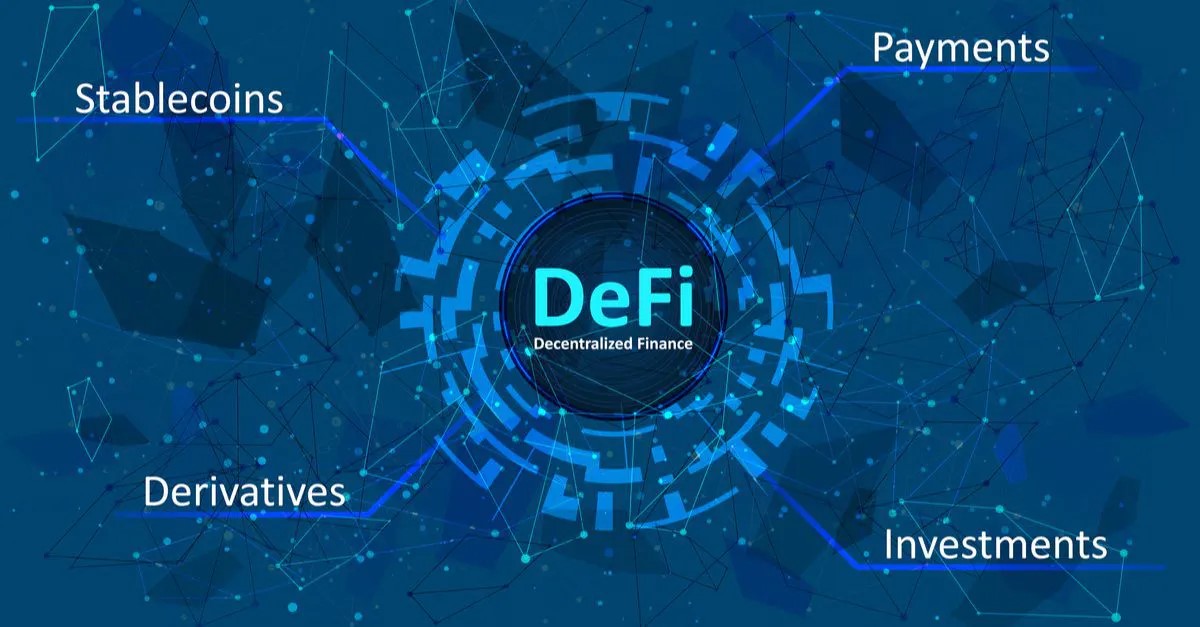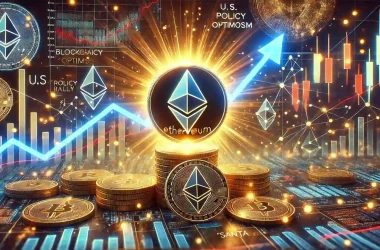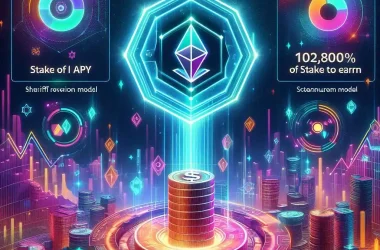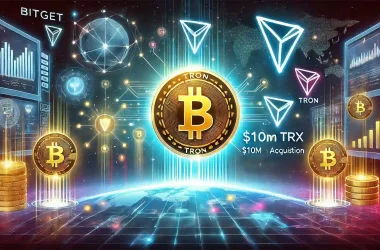Introduction
Decentralized Finance, commonly known as DeFi, represents a paradigm shift in the world of finance, leveraging blockchain technology to create an open, transparent, and permissionless financial system. Unlike traditional financial systems that rely on centralized institutions such as banks and brokerages, DeFi operates on decentralized networks, predominantly Ethereum, utilizing smart contracts to automate financial transactions. This article delves into the intricacies of DeFi, exploring its mechanisms, benefits, challenges, and prospects.
The Evolution of DeFi
Origins and Growth
Decentralized Finance traces its roots back to the inception of Bitcoin in 2009, which introduced the concept of decentralized digital currency. However, it was the advent of Ethereum in 2015, with its programmable blockchain and smart contracts, that catalyzed the Decentralized Finance movement. Early projects like MakerDAO and Uniswap paved the way for a plethora of DeFi applications, from lending and borrowing platforms to decentralized exchanges (DEXs).
Key Milestones
- MakerDAO (2015): Introduced the first decentralized stablecoin, DAI, which is pegged to the US dollar and backed by cryptocurrency collateral.
- Uniswap (2018): Revolutionized trading with its automated market maker (AMM) model, allowing users to trade tokens directly from their wallets.
- Compound (2019): Popularized decentralized lending and borrowing, enabling users to earn interest on their crypto holdings.
Mechanisms of DeFi
Blockchain Technology
At the core of Decentralized Finance is blockchain technology, which provides the underlying infrastructure for decentralization, immutability, and transparency. Ethereum is the most prominent blockchain for DeFi due to its robust smart contract capabilities, although other blockchains like Binance Smart Chain, Solana, and Avalanche are also gaining traction.
Smart Contracts
Smart contracts are self-executing contracts with the terms of the agreement directly written into code. They automatically enforce and execute transactions when predefined conditions are met, eliminating the need for intermediaries. For example, a smart contract on a lending platform might automatically transfer collateral to the lender if the borrower defaults.
DeFi Protocols
DeFi protocols are decentralized applications (dApps) built on blockchain networks. They offer a variety of financial services, including:
- Lending and Borrowing: Platforms like Aave and Compound allow users to lend their assets and earn interest or borrow against their crypto holdings.
- Decentralized Exchanges (DEXs): Platforms like Uniswap and SushiSwap enable peer-to-peer trading of cryptocurrencies without the need for a centralized authority.
- Stablecoins: Cryptocurrencies like DAI and USDC are pegged to stable assets, usually the US dollar, to minimize volatility.
- Yield Farming and Staking: Users can earn rewards by providing liquidity to DeFi protocols or by staking their tokens in the network.
Benefits of DeFi
Financial Inclusion
DeFi opens up financial services to anyone with an internet connection, providing access to banking, loans, and investment opportunities to unbanked and underbanked populations around the world.
Transparency and Security
All transactions on DeFi platforms are recorded on a public ledger, ensuring transparency and reducing the risk of fraud. Smart contracts are open-source, allowing for community scrutiny and audits.
Reduced Costs
By eliminating intermediaries, DeFi significantly reduces transaction fees and operational costs. This cost efficiency makes financial services more accessible and affordable.
Programmability and Innovation
Smart contracts enable the creation of complex financial instruments and services that are programmable and customizable. This has led to innovative solutions like flash loans and automated portfolio management.
Challenges and Risks
Security Vulnerabilities
Despite its promise, DeFi is not without risks. Smart contracts are susceptible to bugs and vulnerabilities, which can be exploited by hackers. High-profile attacks, such as the $600 million Poly Network hack, highlight the importance of rigorous security measures.
Regulatory Uncertainty
DeFi operates in a largely unregulated space, posing challenges for compliance and legal accountability. Governments and regulatory bodies are still grappling with how to regulate DeFi without stifling innovation.
Scalability Issues
The popularity of DeFi has led to network congestion and high transaction fees, particularly on Ethereum. Layer 2 solutions and alternative blockchains are being developed to address these scalability challenges.
Market Volatility
Cryptocurrencies are notoriously volatile, and this volatility can impact DeFi platforms and their users. For instance, sharp declines in collateral values can trigger liquidations in lending platforms.
The Future of DeFi
Interoperability
As DeFi continues to evolve, interoperability between different blockchain networks is becoming increasingly important. Cross-chain solutions and bridges are being developed to enable seamless asset transfers and communication between blockchains.
Institutional Adoption
Institutional investors are beginning to recognize the potential of DeFi. Increased institutional participation could bring more liquidity and stability to the DeFi ecosystem, as well as drive the development of compliant and secure DeFi products.
Enhanced Security
Ongoing advancements in smart contract security, such as formal verification and improved auditing tools, aim to mitigate the risk of vulnerabilities and hacks. Additionally, insurance protocols are emerging to protect users against losses from smart contract failures.
User Experience Improvements
For Decentralized Finance to achieve mainstream adoption, user experience needs significant improvement. Simplified interfaces, better educational resources, and more intuitive platforms are essential for attracting non-technical users.
Integration with Traditional Finance
The integration of DeFi with traditional financial systems holds immense potential. Hybrid models that combine the strengths of both centralized and decentralized finance could offer more robust and inclusive financial services.
Conclusion
Decentralized Finance is revolutionizing the financial landscape by offering innovative, transparent, and inclusive financial solutions. While it faces significant challenges, the ongoing development and adoption of DeFi indicate a promising future. As technology advances and regulatory frameworks evolve, Decentralized Finance has the potential to reshape the global financial system, making it more accessible and equitable for all.
tutorialslink.com

